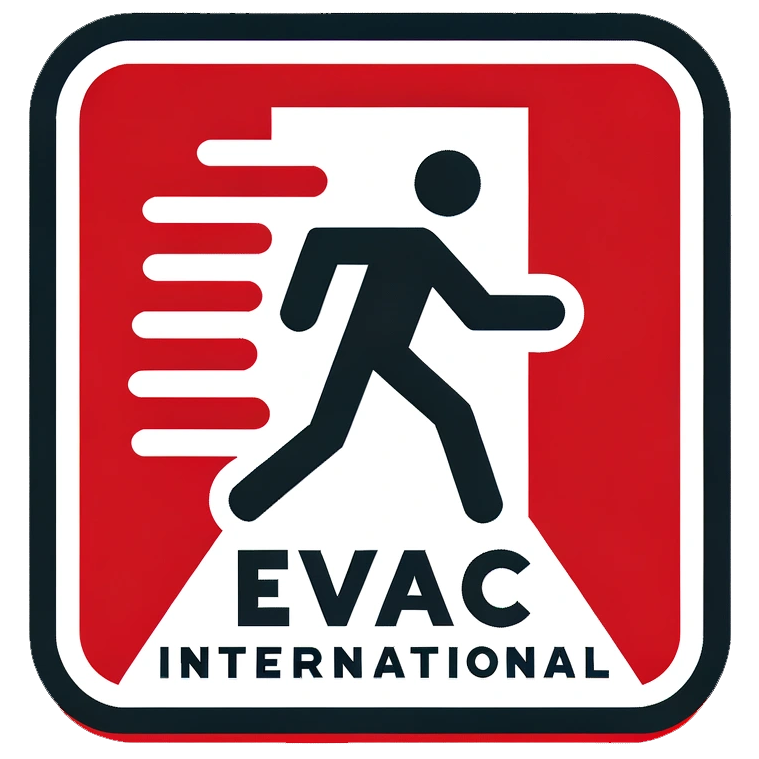As a fire safety and evacuation expert, I am a firm believer in the importance of having evacuation chairs in public buildings and companies, especially in facilities such as sewage treatment plants. Ensuring the safety and well-being of all individuals, including those with mobility impairments, is a critical responsibility for any organization.
The evacuation of individuals in the event of an emergency is a complex and challenging task, particularly in environments such as sewage treatment plants where hazards may be present. The presence of individuals with mobility impairments adds an additional layer of complexity to the evacuation process. It is essential for companies and public buildings to have measures in place to assist these individuals in safely evacuating the premises in the event of an emergency.
Evacuation chairs are a key component of a comprehensive emergency evacuation plan. These specially designed chairs are specifically developed to assist individuals with mobility impairments and provide a safe and efficient means of evacuation in an emergency situation. With the ability to descend stairs and navigate through uneven terrain, evacuation chairs are an invaluable resource for ensuring the safety of all individuals during an evacuation.
In the context of sewage treatment plants, the presence of various potential hazards makes the need for evacuation chairs even more critical. The nature of the environment, including the presence of potentially dangerous chemicals and equipment, means that a swift and effective evacuation strategy is essential. By implementing evacuation chairs, sewage treatment plants can ensure that individuals with mobility impairments are able to safely evacuate the premises in the event of an emergency, minimizing the risk of harm and injury.
Furthermore, the use of evacuation chairs is not limited to individuals with mobility impairments. In a chaotic and potentially hazardous evacuation scenario, these chairs can also be utilized to assist individuals who may be temporarily incapacitated, such as those suffering from injuries or medical conditions. This versatile functionality makes evacuation chairs an invaluable asset in any emergency evacuation plan.
It is important to recognize that the presence of evacuation chairs alone is not sufficient. Proper training and education are essential to ensure that individuals are equipped to use these chairs effectively in an emergency situation. Companies and public buildings must invest in comprehensive training programs to ensure that staff members are proficient in the operation of evacuation chairs and capable of assisting individuals in the event of an evacuation. This proactive approach to training and preparedness is fundamental to ensuring the safety and well-being of all individuals in an emergency scenario.
In addition to the practical benefits of evacuation chairs, their presence can also have a positive impact on the overall safety culture of an organization. By demonstrating a commitment to the safety and well-being of all individuals, companies and public buildings can foster a sense of inclusivity and care within their communities. This proactive approach to safety not only benefits individuals with mobility impairments but also contributes to a more robust and effective overall emergency evacuation strategy.
As a fire safety and evacuation expert, I firmly believe that the implementation of evacuation chairs is a non-negotiable aspect of any comprehensive emergency evacuation plan. The ability to effectively evacuate individuals with mobility impairments in the event of an emergency is a fundamental aspect of ensuring the safety and well-being of all individuals. By investing in evacuation chairs and comprehensive training programs, companies and public buildings can demonstrate their commitment to the safety of their communities and provide a comprehensive and inclusive approach to emergency preparedness.

